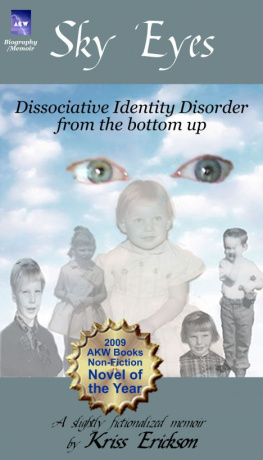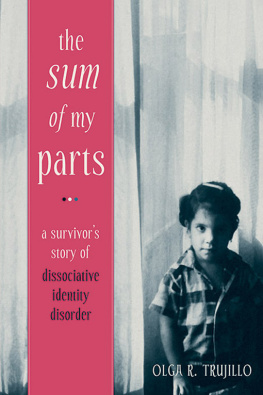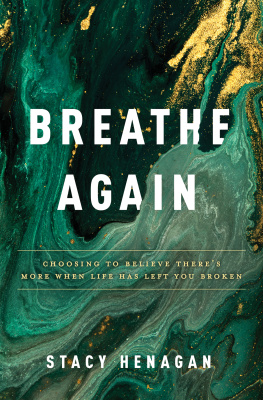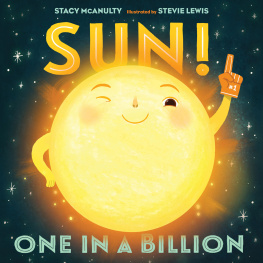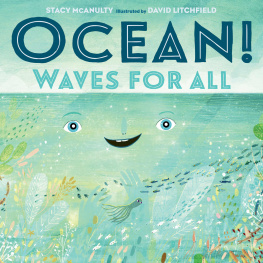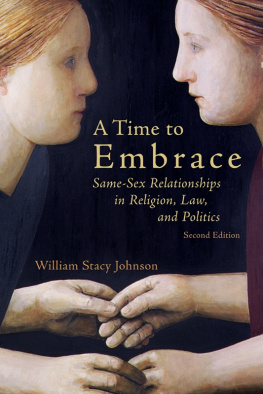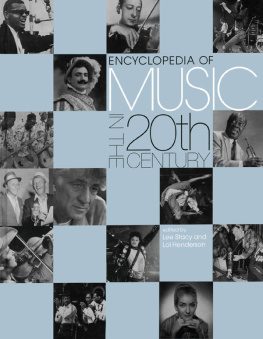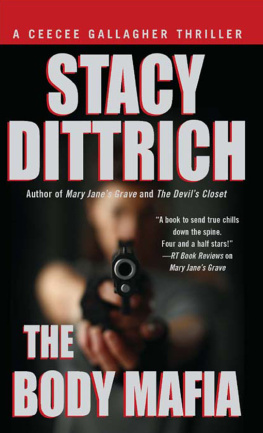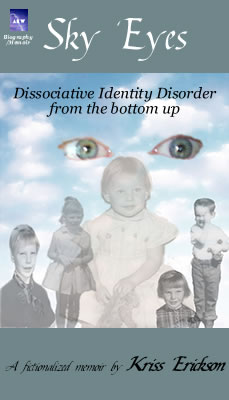SKY EYES:
Dissociative Identity Disorder (DID) from the bottomup.
Sky Eyes is a Spanish phrase: Ojos delcielo:
The eyes of a person whose body is here but whosesoul has fled.
A novel based on a true story.
by Kriss Erickson

AKW Books
Washington
This is a work offiction.
The publisher does not have anycontrol over and does not assume any responsibility for author orthird-party websites or their content.
Sky Eyes
Copyright 2009 by Kriss Erickson.All rights reserved.
Smashwords edition
Cover Design by MichaelErickson
An AKW Ebook
Published by Kalar/Wade Media
PO Box 1975
Elma, WA 98541
www.akwbooks.com
Produced in the United States ofAmerica
The name AKW Books and the AKWlogo are trademarks belonging to Kalar/Wade Media, LLC
Acknowledgements
I wouldnt have been able to write this book withoutmy husband of over twenty years, Michael Erickson. Though he sensedthat a huge struggle was occurring deep within me, he embraced thechallenge with love, courage and tenacity. He didnt judge orcriticize me for being different, but simply accepted me, strugglesand all.
I would still be mired in the confusion ofundiagnosed dissociative identity disorder (DID) without the help,patience, insight and creative efforts of my Naturopath andtherapist, Dr. Jodi Berg. Dr. Bergs brilliant integrative strategyincluded acupuncture, herbal supplements and counseling techniquessuch as mediumship, channeling, energetic work, soul retrieval andhumanistic/cognitive behavioral counseling strategies.
Dr. Bergs integrative approach helped me tounderstand the factors that contributed to my inability to hold ajob, to be emotionally consistent with my friends and family and tofunction consistently as an adult. Dr. Bergs ability topsychically hear and see my scattered energy parts was crucial tomy recovery. By helping me reconnect with severely damaged parts ofmyself, Dr. Berg helped me rebuild and restructure my life.
I would also like to thank Lily Knol, a lightworker,who read early versions of this work. Several others who asked notto be named also gave their time, insight and expertise.
Introduction
Can you imagine how it would feel if you couldntturn to your hostess at a dinner party and wholeheartedly say,This is delicious!
Or jump up and cheer when your son or daughter hitsa home run?
Or feel your heart flutter when your fiance slipsan engagement ring on your finger?
Or really know how you feel any time, aboutanything.
This is a glimpse into the world of a personsuffering from a disabling, invisible disability the shatteredenergy affliction called dissociative identity disorder (DID). DIDdevelops when early childhood abuse goes beyond physical injury,beyond emotional and psychological damage to wound the soul.
People with DID are internally fractured, many tothe point that they have no inner strength left. I grew up in the1960s, before statistics about domestic violence and child abusehad been compiled. Finding community support for child abuse wasdifficult, at best, because siding with children meant sidingagainst parents. I was repeatedly told to stand on my own twofeet and to rely on my inner strength.
What people didnt realize was that asking me tostand on my own two feet was like asking a person with shatteredlegs to walk. Refusing to believe me when I said I was being abusedand refusing to intervene was like walking away from an accidentscene.
Surviving childhood abuse that causes DID is likesurviving a holocaust. And like disaster survivors and veterans ofwar, what people living with DID need most is to be heard.Understood. Validated.
They dont need to be told that the events theydescribe couldnt possibly have happened. Or that if they changehow they view their abusive parents or caretakers that theirflashbacks and panic attacks will cease. Or to nod blandly whenfriends spout endless platitudes.
We simply need people to hear. To believe.
Thats what I ask as I share the story of mychildhood.
The events in this fictionalized memoir are real.Every soul-wounding incident of abuse is real. My development ofDID and my struggles to make meaningful life connections are real.This book shows how deliberate, prolonged, consistent psychic abuseshattered my sense of self and my inner sense of reality and how myconnection to my spirit guides helped me hold onto enough sanity toclaw my way back as an adult.
I fictionalized this account only by creatingsiblings and extended family members, to protect the privacy of myreal siblings, aunts and uncles. The mannerisms, appearance andother attributes of my fictionalized family members in no wayrepresent my real family members.
Privacy and dignity were nonexistent in my childhoodhome. I deeply respect my family members right to privacy.
Dissociation is a wonderfully creative defensemechanism that a young child employs when her body, mind and soulare battered so severely that she is unable to remain in thepresent reality.
A child younger than five years old has a limitednumber of defense mechanisms. She can feel fear, but she cant runfast enough to escape. She can panic, but though the fight orflight energy courses through her, she cant use that energy toget to a safe place.
A severely abused child escapes the only way she can by separating her energy from abusive situations and intrusive,overpowering energies. As a bone will break when hit hard enough,repeated abuse targeting a childs core self eventually shattersthe soul. The soul doesnt die it cannot. It swirls and festersand causes constant inner prickling.
Dissociation is the ability to detach, ordissociate, from ones self and feelings. This detachment leavesthe person unable to do even simple tasks the way others do. Forexample, instead of picking up a crayon to color, a dissociativechild must locate the part that knows how to color. Then locate thepart that knows what she wants to color. Then remember what all thesearching was about in the first place.
If a stressful or violent situation occurs while adissociative child is coloring and she focuses on the stressor, shemay forget how to color. If she focuses on coloring she may behaveas if the violence isnt happening.
Sometimes the scattered energy has a name, likeStacy or Jenna. Sometimes the scattered energy is unnamed andexpressed as emotion. Whether or not the scattered energy is named,the dissociative child cannot access all of her energy at once. Shemust constantly switch from one part of herself to another.
Despite extensive inner wounding, people with DIDare highly intelligent. Separating life energy takes an immenseamount of imagination and determination. Finding a specific kind ofenergy, switching energy and looking for new energy takesintelligence and organizational skills.
Dissociative people have little or no sense of I.Individuality seems like something for other people. They think andact as a group. This means that a DID child or adult can deliver aflawless, intricate report, burst into tears and complain in achildlike voice at a classmate or contemporarys criticism, thentell a joke as if nothing happened.
Children and adults with DID are often sociallyawkward. They may lack spontaneity and appear stiff and detached.In reality theyre doing mental gymnastics to maintain even a fewfriendships and participate in social events.
This book, narrated by one of my dissociated parts,Stacy, is intended to raise public awareness of dissociativedisorders and to help dissociative people who havent had thestrength to speak for themselves.

